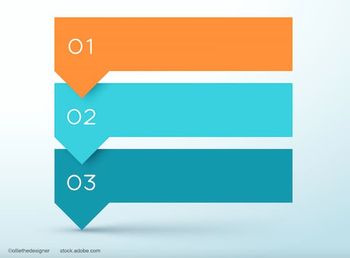
Goblet cell dysfunction may occur after LASIK
Lisbon, Portugal - Dry eye syndrome after LASIK may be the result of goblet cell dysfunction. Extended application of artificial tears may be warranted to facilitate the return to normal function, Ahmed Galal, MD, PhD, said Tuesday at the European Society of Cataract and Refractive Surgeons meeting.
Lisbon, Portugal - Dry eye syndrome after LASIK may be the result of goblet cell dysfunction. Extended application of artificial tears may be warranted to facilitate the return to normal function, Ahmed Galal, MD, PhD, said Tuesday at the European Society of Cataract and Refractive Surgeons meeting.
“After LASIK, surgeons instruct patients to use artificial tears for 1 month and then longer as needed. However, dry eye lasts longer and may require longer treatment with artificial tears,” Dr. Galal stated. He is from VISSUM Instituto Oftalmologico de Alicante and Miguel Hernandez University, Alicante, Spain.
In a prospective controlled, noncomparative study, Dr. Galal and colleagues evaluated 22 eyes of 12 patients who had undergone LASIK for myopia. The investigators performed conjunctival impression cytology in all eyes in the superior bulbar conjunctiva, the inferior temporal conjunctiva, and at the perilimbal conjunctiva using cellulose acetate filter paper before LASIK and then 1 week and 1 and months postoperatively.
Dr. Galal reported that the goblet cell density decreased from 485/mm² to 430/mm² 3 months after LASIK. All samples taken postoperatively showed a significant decrease in the goblet cell density.
“When we compared the preoperative impression cytology with the postoperative impression cytology, there was a decrease in the goblet cell density. The mean decrease in the number of goblet cells per mm² was a mean of 63.5%. The goblet cell density decreased up to 6 months after LASIK. Application of artificial tears from 6 months to up to 1 year after LASIK may be needed,” Dr. Galal concluded.
Newsletter
Don’t miss out—get Ophthalmology Times updates on the latest clinical advancements and expert interviews, straight to your inbox.














































.png)


